Black carbon and sulphate concentrations in the atmosphere. Black carbon is purple, sulphates green. The data are from January 31st to February 4th, 2007. Black carbon, or soot, is generated from burning fossil fuels and biomass fuels. Sulphates are the result of sulphur dioxide and sulphur trioxide interacting with other compounds in the atmosphere. Sulphate aerosols in the atmosphere are associated with the combustion of fossil fuels and also the eruption of volcanoes. China and India produce large amounts of black carbon as most cooking and heating are done with wood, coal, and other biofuels at a low temperature that hinders that complete combustion of the compounds. Both black carbon and sulphate affect the global temperature by absorbing sunlight. It is thought that the presence of sulphate lowers the total mean global temperature by reflecting away incoming solar radiation. Black carbon absorbs the sunlight that reaches it, causing the air temperature to rise. The northern hemisphere produces many more aerosols than the southern hemisphere largely because there are more people living in the northern hemisphere.
Details
WebID:
C00608464
Clip Type:
RM
Super High Res Size:
Duration:
000:11.000
Format:
QuickTime
Bit Rate:
25 fps
Available:
download
Comp:
150X150 (0.00 M)
Model Release:
NO
Property Release
No




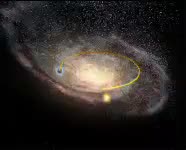

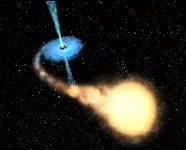


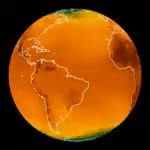
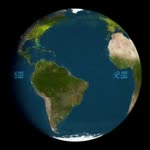
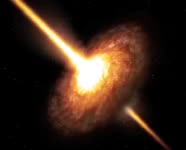
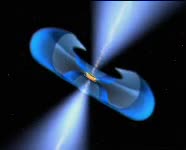
 Loading
Loading